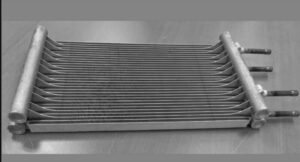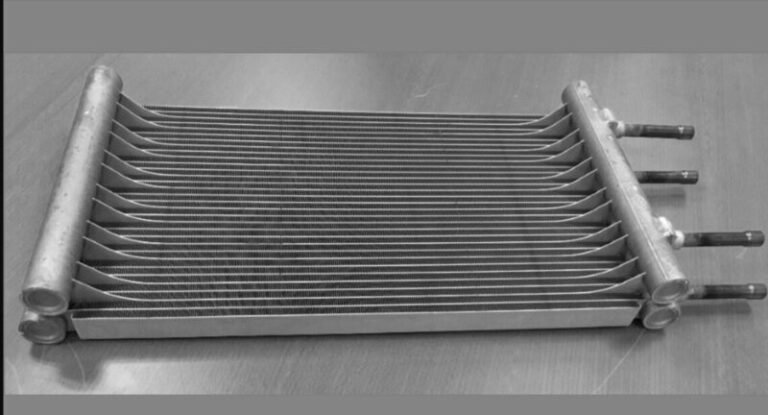The liver is the largest gland in the human body and is located below the diaphragm. The liver performs a wide variety of function which includes supplying proteins that our body needs. It helps in breaking down the nutrients enabling catabolism and provides the much-needed energy to our body.
Out of the various enzymes secreted by liver the most important is the bile an helps in absorbing vitamins like A, E, D and K., It purifies the blood, strengthens blood clotting and helps in removal of toxic by products from other medicines. Get know about the best liver transplant specialist in India.
A replacement is necessary when the liver fails to function properly or completely fails. The cause of the liver failure can be many like:
- Cirrhosis also knew as Primary Biliary Cholangitis, under which the immune system of the body attacks the bile ducts and destroys them.
- Hepatitis with Cirrhosis
- Excessive intake of Alcohol
- Due to excessive iron in the body hemochromatosis
- Due to an inappropriate level of copper in the body called Wilson’s disease
There are various experts specialized in various segments for the treatment of liver. These include:
- Specialist in Liver known as Hepatologist
- Anaesthesiologist to check the risks for the application of anaesthesia.
- Transplant surgeon and coordinator
- Chemical drug specialist to identify whether the use of excessive drugs has caused any adverse effect on the body.
The following test needs to be performed before undergoing the test. This involves CT, Ultrasound, Pulmonary function studies and Echocardiogram. Blood test in addition to the other entire test is a must to check for any side effects caused due to other diseases.
There is three blood test performed namely creatinine, bilirubin and INR. After performing this we get a score which depicts our score and priority for the operation and our position on the waiting list. This score is called as Model of End-stage Liver disease (MELD) and Paediatric end-stage liver disease (PELD) for children.
The transplant of a liver can take place from a Living Donor or from a Deceased donor. In case of a living donor, the organs are quite ineffective and working condition and the recovery is faster in comparison to when taken from a deceased person. After getting a liver for a transplant there needs to be check if it matches with the person who needs it. The transplant usually takes 6 to 12 hours during which several tubes are placed in the body to make the body perform the functions that are performed by the liver while it is being replaced.
Conclusion: There are certain drawbacks of the operations like rejection and infection. The transplant does not turn out to be successful and the body does to get used to the transplanted liver, as a result, the immune system of the body is unable to distinguish between invading g tissues and original body parts. There can be an infection in the operation spot due to huge usage of antibiotics during the operation.













